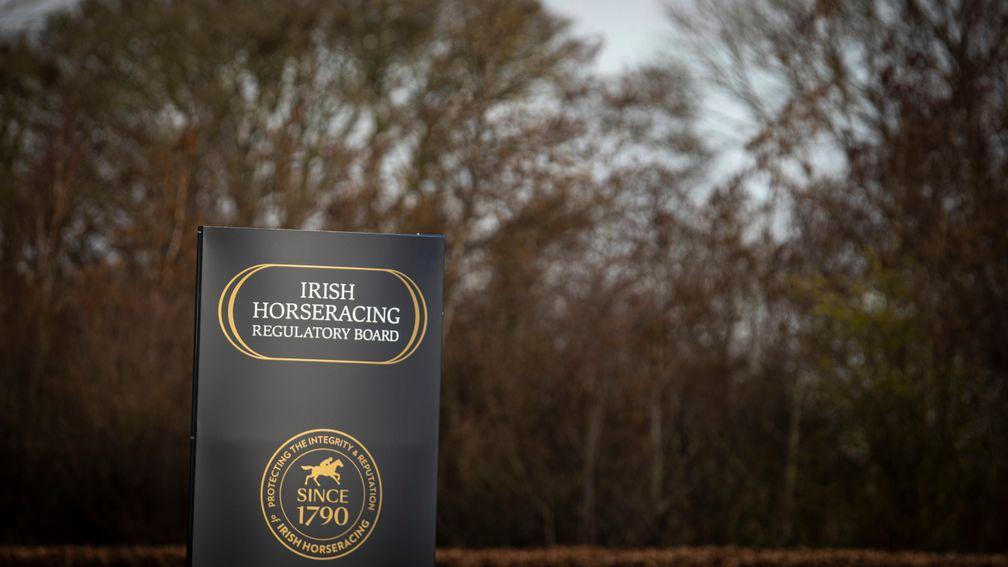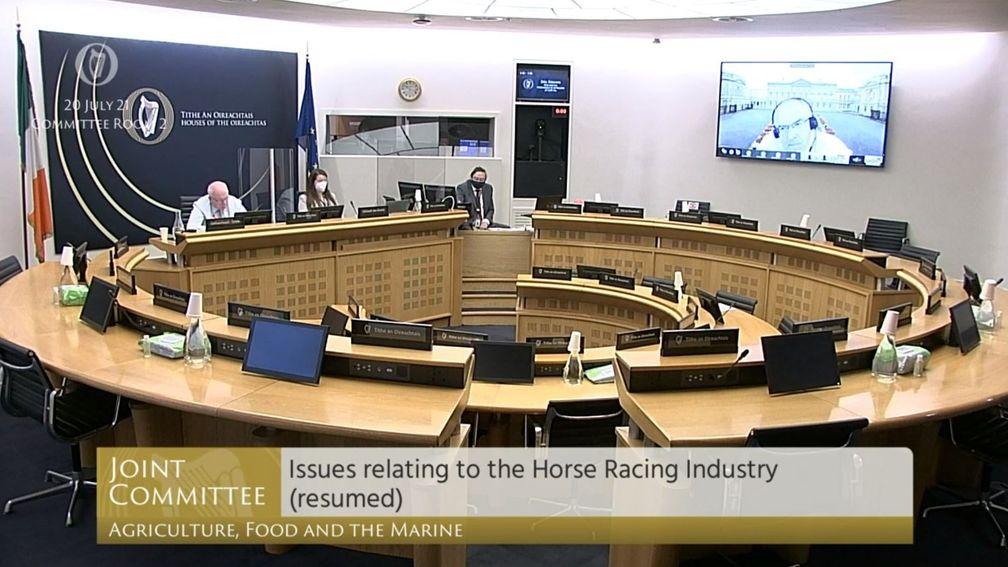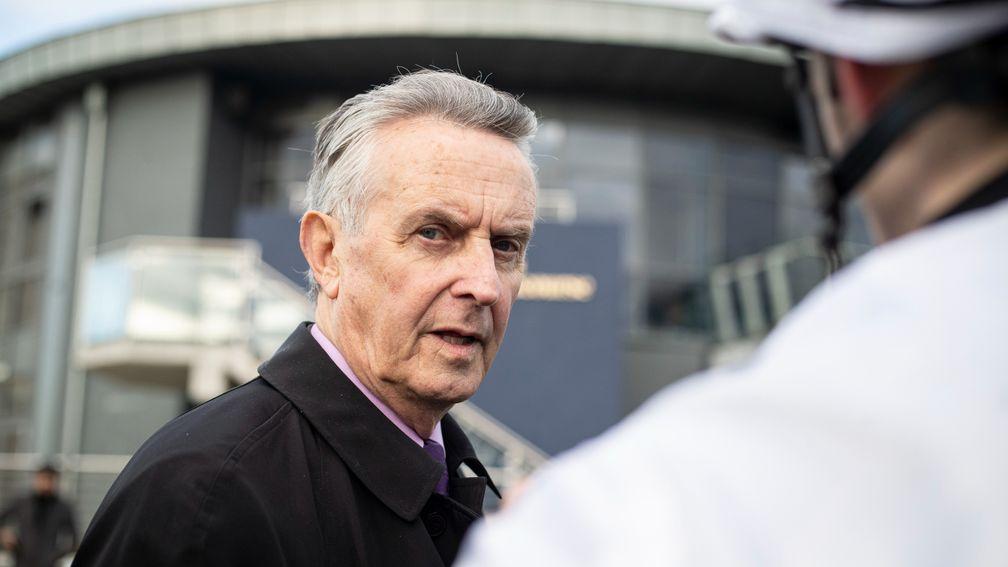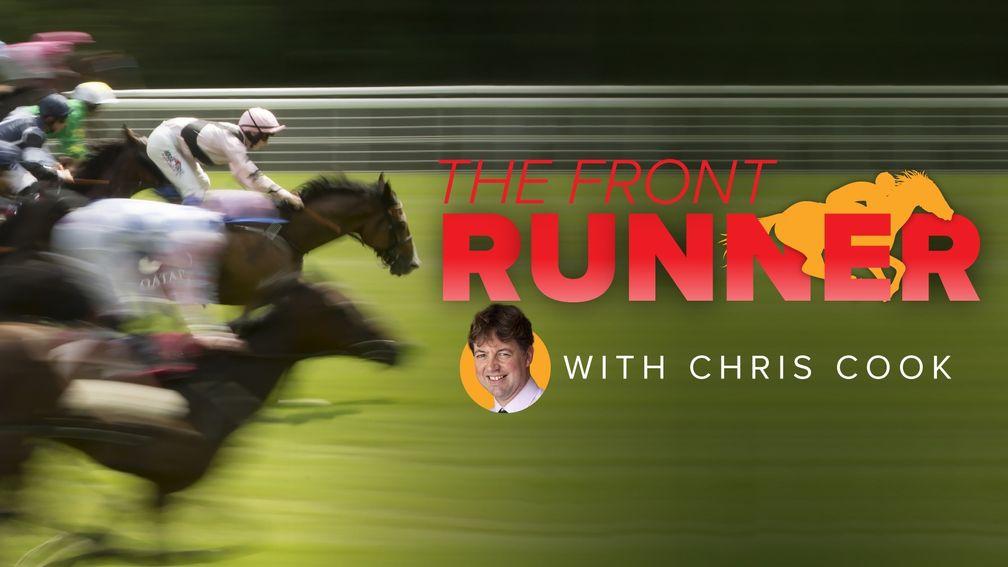No change to Irish anti-doping strategy despite huge rise in raceday hair tests

The Irish Horseracing Regulatory Board says there has been no change to place greater emphasis on hair testing on raceday despite a 242 per cent increase in the number of tests it conducted using that method for the second half of 2021.
Trainer Jim Bolger, who has suggested drug cheats are the number one problem in Irish racing, specifically called on the regulator to improve its anti-doping efforts around hair testing in October 2020. The IHRB says it began conducting such tests that summer.
Statistics for the final six months of last year were revealed on Wednesday when the regulator published the second of its twice-yearly equine anti-doping reports, another of the directives requested by Horse Racing Ireland when it announced no-notice testing on unlicensed premises last February.
Read the IHRB's Equine Anti-Doping Report for the second half of 2021
Across 1,398 races during the first half of 2021, there were a total of 71 hair tests conducted on raceday, increasing to 243 hair tests from 1,623 races for the final six months of the year.
Urine testing is still the primary raceday sampling method used by the IHRB and was utilised on 2,651 occasions last year in comparison to 704 blood samples and 314 hair tests.
The total of 3,021 tests taken on racecourses in 2021 was up on the previous three years but still marginally below the 3,074 recorded in 2017. No hair or urine testing took place at point-to-points, in which there were 362 blood tests from 356 races between the flags.
"Hair testing is an important tool in the equine anti-doping armory, but it is only one matrix, therefore one tool," a spokesperson for the IHRB told the Racing Post.
"As [chief veterinary officer and head of anti-doping] Dr Lynn Hillyer stated, it's the understanding of which matrix to use at which time – getting the right sample from the right horse."
There were 253 instances of pre-race blood screening following its introduction in September, none of which the IHRB said returned a prohibited sample.

It is understood that should any pre-race tests – chiefly used to identify increased levels of TCO2, better known as 'milkshaking' – throw up elevated readings for banned substances that are subsequently not corroborated when analysed in a laboratory setting, these samples would not be recorded as positives in the published statistics. In terms of recording data, the IHRB only deals in regulatory samples assessed at the internationally accredited LGC Laboratories.
There was one outstanding failed test in an out-of-competition setting from the second half of 2021 across a total of 141 inspections during the year. An IHRB spokesperson confirmed that details of this case have yet to be revealed and it remains unclear when information on the finding will be published.
There was a major increase in out-of-competition testing in the final six months of last year compared to the first half of 2021. Covid-19 restrictions were described as a "limiting factor rather than an overriding factor" in relation to just 18 inspections taking place for the first half of the year in comparison to 123 for the final six months.
Seemingly of greater significance was the IHRB being granted warrant cards in May to test on unlicensed premises, with 30 such locations inspected.

It was reported that, in total, 1,668 samples were taken on 56 premises, which "maintained the proportion of out-of-competition testing at 28 per cent of the total 5,952 samples taken".
A map outlining the number of inspections and out-of-competition tests on a county-by-county basis for 2021 was also published, with Kildare premises subject to most testing on a total of 38 occasions, followed by Limerick (16), Kilkenny (11), Meath (10), Cork (9), Carlow (9), Galway (8) and Tipperary (8).
Some counties, including Kerry, Armagh and Clare, were not referenced as having had any inspection in 2021, while others, such as Wexford, Tyrone and Longford, had just one or two inspections.
"As is highlighted in the report, the 141 inspections that took place throughout the year were on an intelligence-led and risk-based basis," the IHRB spokesperson explained. "That will continue to be the way in 2022."
An independent audit of the IHRB's anti-doping procedures, as requested by the cross-party agriculture committee, is currently being conducted remotely by former New South Wales chief veterinary officer Craig Suann.
Read more on this subject:
Jim Bolger tells committee he will not attend key hearing on doping allegations
Jessica Harrington addresses Jim Bolger's drug cheats claim in Irish racing
Ger Lyons backs Bolger over anti-doping comments and calls for action

The Front Runner is our latest email newsletter available exclusively to Members' Club Ultimate subscribers. Chris Cook, a four-time Racing Reporter of the Year award winner, provides his take on the day's biggest stories and tips for the upcoming racing every morning from Monday to Friday
Published on 27 January 2022inNews
Last updated 16:23, 27 January 2022
- The latest edition of the Racing Post is available to read online now - here's how you can access it
- How Smart View recorded a 76 per cent profit at the Cheltenham Festival
- Smart View is available on the Racing Post app - how to read the revolutionary new racecard
- Levy reform talks 'accelerating' as clock ticks down to April deadline for agreement
- Kieran Shoemark lands another plum Meydan ride for Gosden stable on Trawlerman in Saturday's Dubai Gold Cup
- The latest edition of the Racing Post is available to read online now - here's how you can access it
- How Smart View recorded a 76 per cent profit at the Cheltenham Festival
- Smart View is available on the Racing Post app - how to read the revolutionary new racecard
- Levy reform talks 'accelerating' as clock ticks down to April deadline for agreement
- Kieran Shoemark lands another plum Meydan ride for Gosden stable on Trawlerman in Saturday's Dubai Gold Cup